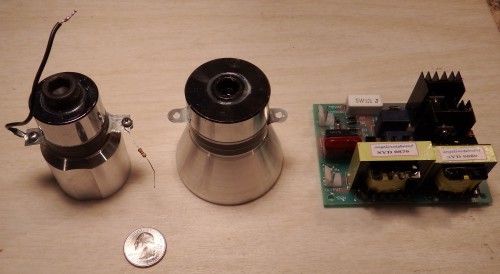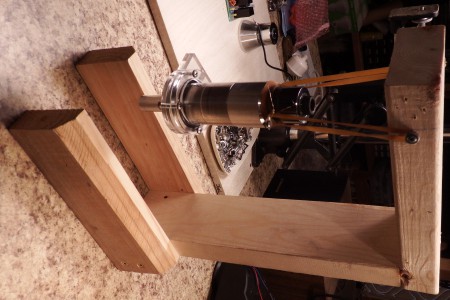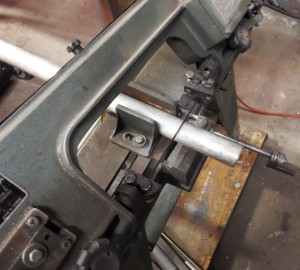I won the first interim prize! Woot! Thank you Mike, and everyone who brings us Hackaday - you people rock!
I've made much progress despite not having any logs to show for it. Mainly due to catching the flu, and then having to catch up from not doing things while having the flu.
====
On a whim I ordered an ultrasonic cleaner power board from eBay to see if it held any value to the hobbyist.
To my complete surprise, it came with a 100 watt transducer and instructions! This appears to be an error on the part of the vendor (beliefing), but they didn't respond when I msg'd them about it so... thanks eBay!
Here's the new transducer and supply, along side the original (50 watt) one for comparison:

I *think* the power supply is insufficient for our needs - the instructions say the board will overheat if the transducer is not attached to anything. With nothing connected (ie - no water bath) the transducer oscillates at resonance, and probably draws too much power from the board.
In other words, the unit can't actually supply 100 watts without overheating. More on this later, once I've had a chance to analyze the circuit.
====
I wrote an Arduino program to generate square waves and automatically measure the resonant frequency of transducer/horn assemblies. This is the "lazy" way mentioned in the previous post, and uses hardware that's more readily available to the hobbyist (ie - an arduino). If you don't have a signal generator or frequency counter (or scope), then an arduino or similar should work. This will be in the next log.
I also built a jig to suspend the transducer/horn while measuring resonance. A solid connection would cause the system to resonate at a different frequency.

====
And finally, I managed to score a 4' long 1.75"" diameter aluminum rod from the local metal recycler (for $0.80/lb), which means I can cut horns for the small transducer as needed without going to the trouble of casting them.
(The big transducer has a considerably wider end, and will probably require cast'ed horns. I'll be describing this process in a future post.)
Here's some pics of the rod, and a 1:1 step horn made from it. I've got a particularly evil idea that I'd like to try using the 1:1 horn once the power supply is up and running.
Please follow the project if you'd like updates when stuff is added.
 |  |
 Peter Walsh
Peter Walsh
Discussions
Become a Hackaday.io Member
Create an account to leave a comment. Already have an account? Log In.